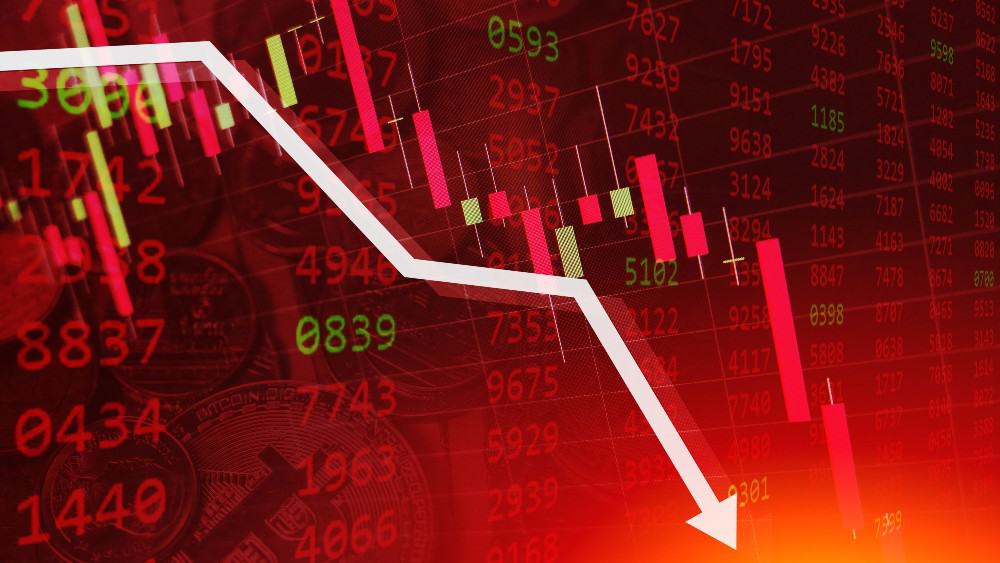Shares of ride-hailing company Facedrive (TSXV:FD) are trading at $9.85. This means Facedrive stock has lost over 22% in the last month and trading 65% below its record high. The broader markets have experienced a sustained sell-off recently and in fact witnessed their worst week (ended October 30) since the bear market in March.
The second wave of coronavirus infections sweeping across Europe and North America has made investors wary. Broader indexes such as the Dow Jones and S&P 500 are trading 8.7% and 10.4%, respectively, below their record highs.
If lockdown restrictions are reimposed, investors can expect Facedrive stock to trade significantly lower in the upcoming months. Ride-hailing companies such as Uber and Lyft have also lost 9.1% and 12.2% in the last week.
Facedrive stock has been extremely volatile
Similar to most other small-cap stocks, shares of Facedrive have been volatile ever since it went public back in September 2019. Facedrive stock rose from $2.05 in September 2019 and touched a record high of $28 in July 2020, indicating returns of a staggering 1,265% in less than 10 months.
Despite the recent sell-off Facedrive stock has gained close to 400% since its IPO. It is currently valued at a market cap of $923 million. Due to the pandemic, the company’s sales in the June quarter fell close to 30% year-over-year to $93,615. In the first two quarters, sales rose by 186% year over year to $481,516.
Facedrive’s cost of sales in Q2 were $125,370, significantly higher than the company’s revenue. Further, its operating expenses totaled $9.5 million primarily due to its sales and marketing costs of $7.9 million which rose by a monumental 2,330% year over year.
The company ended Q2 with a cash balance of $10.24 million, up from just $3.7 million at the end of 2019. Its cash balance was driven higher by an increase in capital stock that rose to $28.7 million in Q2, up from $13.83 million in 2019.
What’s next for investors?
Facedrive aims to build a sustainable and eco-friendly transportation-as-a-service industry. However, it will have to scale up significantly and focus on rapid expansion in Canadian and international markets. If the company can report sales of over $1 million in 2020, it is still valued at an astonishing price to sales multiple of 1000.
In July 2020, Facedrive acquired certain assets of Foodora, while in June it launched HiQ, which is a social-gaming application. FD is looking to expand into other verticals which should support its top-line growth in the upcoming decade.
We can see that Facedrive is an early-stage company with minimal revenue. It is valued at close to a billion dollars as investors are bullish about the company’s massive potential over the long-term.
However, FD will have to improve its bottom line significantly as well and continue to gain traction among its user base to keep investors interested. Its high valuation means FD stock will swing wildly and have a high beta compared to the broader market.
It will have to raise millions in equity capital to support its widening losses which will also result in dilution of existing shareholder wealth.
Facedrive is a high-risk high-reward stock given the massive uncertainties surrounding the company.










